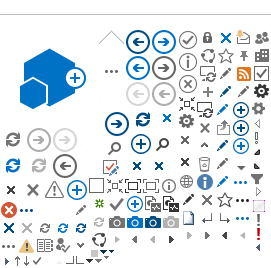ITU has advanced in the implementation of Resolution 175 (Rev. Busan, 2014) focusing on two areas of work: (a) promoting ICT accessibility for persons with disabilities; and (b) making ITU a more accessible organization for persons with disabilities.
In the first area, ITU has continued technical work in ITU-R, ITU-T and ITU-D study groups on telecommunications and ICTs for persons with disabilities. In ITU-T, work on mainstreaming accessibility in the development of international telecommunication/ICT standards is being done with the participation of persons with disabilities, for example, to develop terminology specifications, accessible IPTV systems, indoor audio navigation systems for the blind (Wayfinder), and accessible meetings (including remote participation). ITU-D has continued to develop toolkits and resources to help ITU Member States to advance in the establishment of enabling environments ensuring accessible telecommunication/ICT for persons with disabilities by 2020, in line with the Connect 2020 Agenda. Three related key deliverables are: the publication of the Model ICT Accessibility Policy Report, also used to provide regional and country advice to ITU Member States; an online training course on the public procurement of accessible ICTs; and a national capacity-building programme on web accessibility, known as "Internet for @ll".
In the second area, ITU has continued to implement its ITU Accessibility Policy, endorsed by the ITU Council 2013. ITU has provided services for persons with disabilities in ITU services, for example by providing captioning in a broad selection of ITU events, providing sign language interpretation in ITU-T accessibility meetings upon request, making websites accessible through dedicated software, and improving ITU facilities to make them more accessible. ITU has modified its internal production system to generate accessible publications in the six official languages. Since 2015, a total of 194 new ePublications have been created in assistive technology-friendly formats and are downloadable from ITU eBookshop.
Further information is available at www.itu.int/accessibility
[110] PP Res. 175; SDG Targets 4, 8, 9
